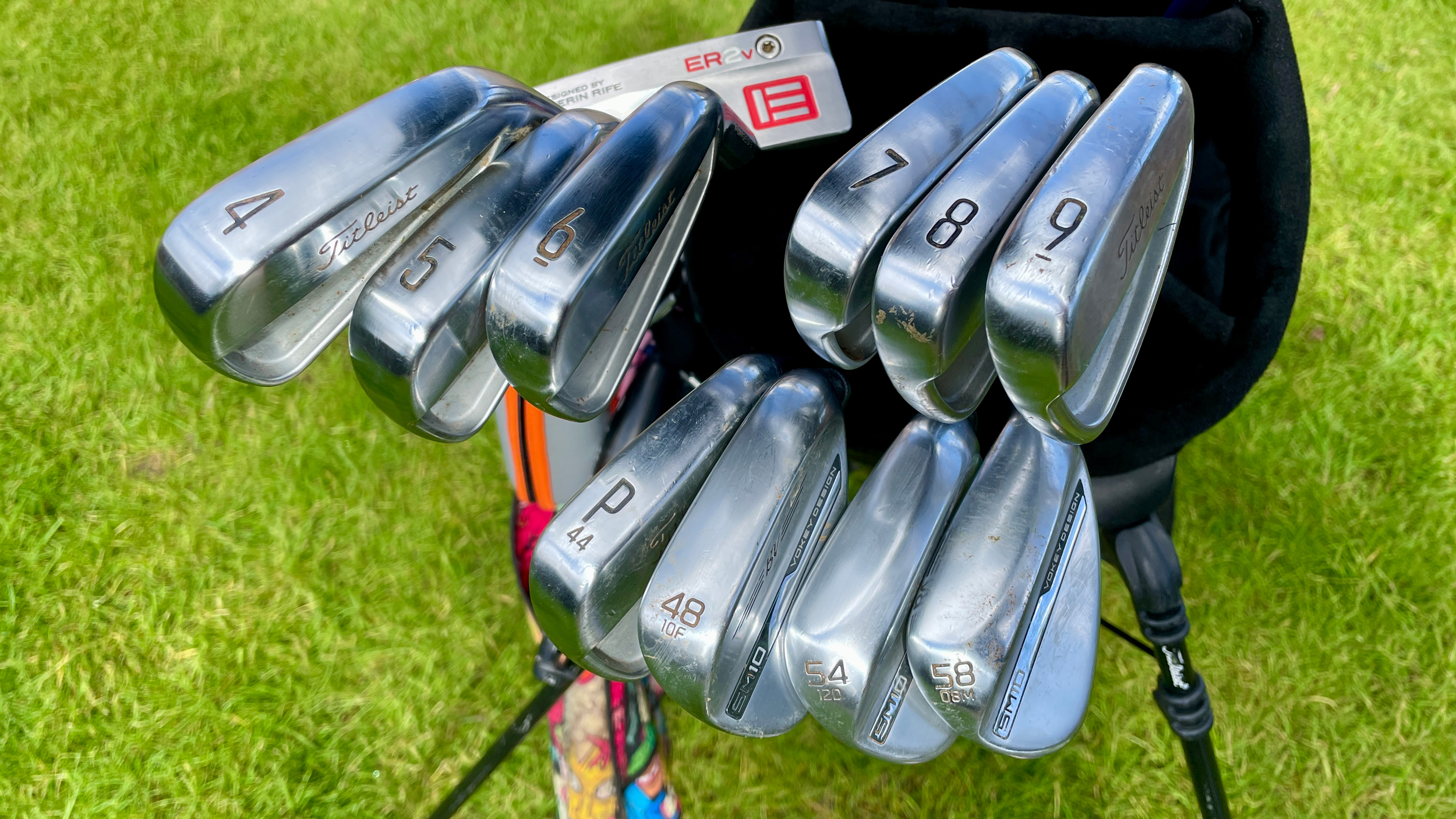
If you’re new to the game, you might be finding the world of golf equipment a little overwhelming. Even golfers who have been playing for years can get lost in the technical jargon – so don’t panic.
Often, the first question that beginners ask is: how many clubs do I need? The answer to that particular question is 14 – or at least that’s the maximum number of golf clubs that you’re allowed to carry when playing in a competition. Ideally, you’ll want each one to hit certain distances (yardages), with even gaps between them.
With that in mind, what clubs do you need? Most golfers, including professionals, will have a combination of driver, fairway woods and/or hybrid, six or seven different irons, three or four wedges and a putter – and they all have numbers on the bottom. Here's what those numbers mean...
Drivers, Fairway Woods & Hybrids
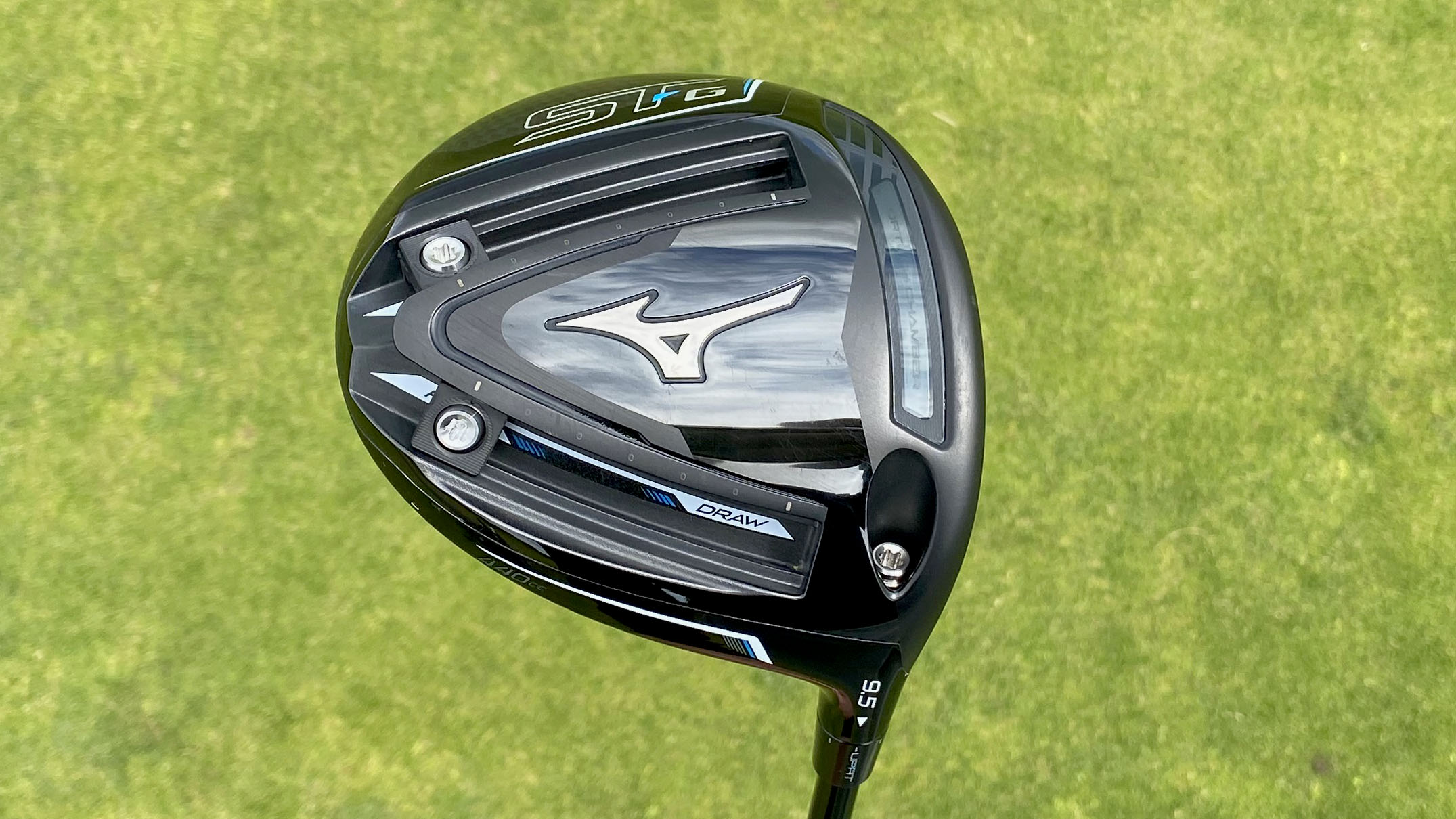
The driver is the club with the biggest head and the longest shaft; it’s what players usually use off the tee on all but the shortest holes (par threes), because it’s designed to go the furthest distance.
Lots of drivers might have a number of the bottom because it's part of the name of the model, such as the TaylorMade Qi10 driver. That's not really what we're interested in in this particular article. Some golf drivers are adjustable, too, and having different settings, so there will be numbers on the hosel to show which one is selected.
Most drivers will also have a number on the sole that indicates the loft of the club, which is typically somewhere between 9° and 12°. This is the key number. Loft is the angle at which a clubface is angled upward.
With fairway woods, the loft of the club is also shown on the sole of the club. For a 3-wood, this is typically around 15°, and a 5-wood around 18-19°. You can also get 7, 9-wood and even 11-woods.
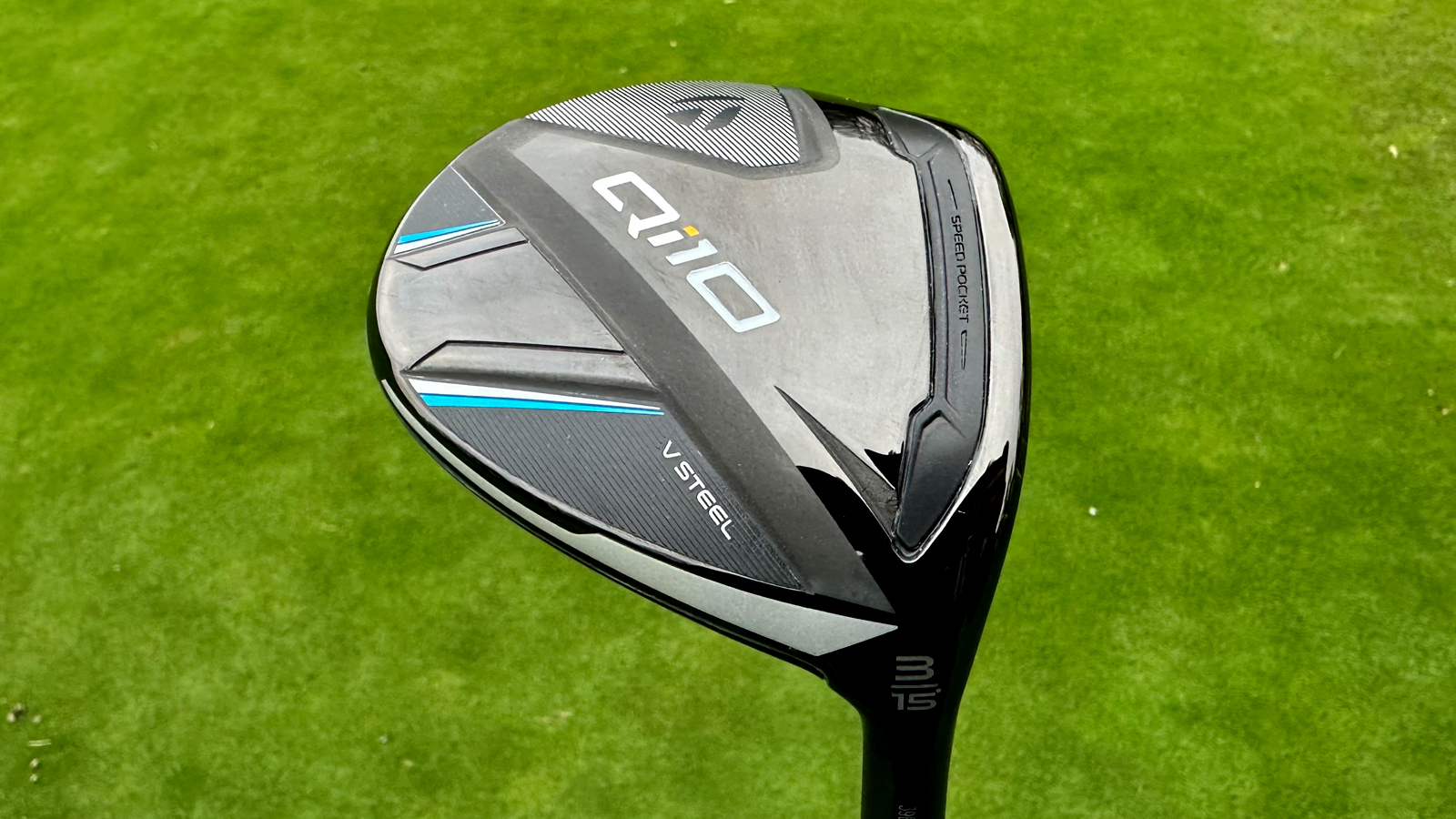
As well as the loft, many fairway woods will be numbered as ‘3’ or ‘5’, which means 3-wood and 5-wood. The higher the wood number, the greater the loft. As with drivers, the loft can also be adjusted, so additional numbers may appear on the hosel to show which setting you are on.
Hybrids typically have one number on the bottom. For example, a number 23 would tell you that that club has 23° of loft.
Irons
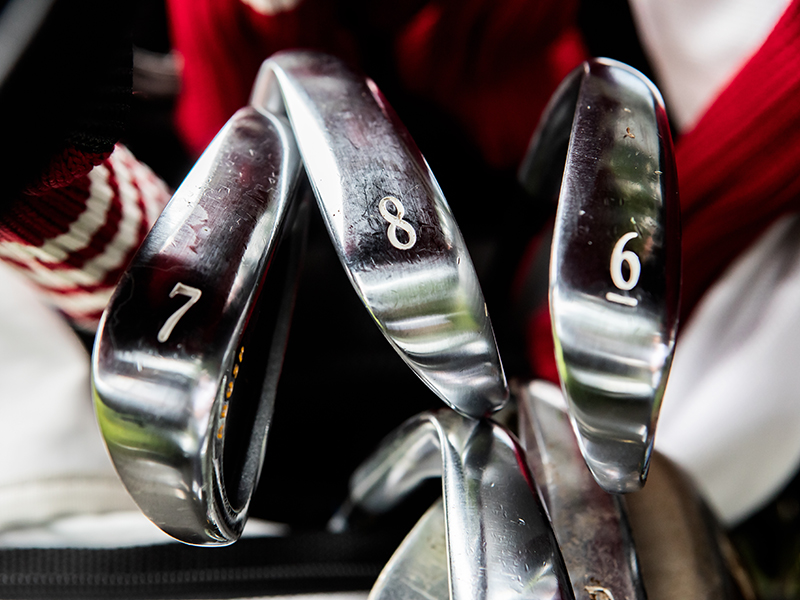
Irons are numbered differently to drivers, fairway woods and hybrids. Typically, the number on the bottom doesn’t relate to the loft of the club. Instead, irons are numbered from 1-9. It’s rare for Tour players to carry 1 and 2-irons these days, and even 3 and 4-irons have been replaced with easier-to-hit hybrids.
To put it simply, the lower the number, the further that club has been designed to travel. For example, for an average club golfer, a 4-iron might travel 180 yards when struck well; a 5-iron 170 yards; a 6-iron 160 yards; and so on. So the higher the number on irons, the shorter the distance the ball will travel.
Wedges

Wedges are numbered differently, and some have lots of different numbers on. Wedges are often called the scoring clubs, because they’re used when you are closer to the green and the hole.
Starting with ‘PW’, which is your pitching wedge, this will feature a letter (P or PW) and/or a number, such as 43. We’re back to putting the loft of the club on the bottom of the club, although this does vary between manufacturers and some sets will denote a 56° with a letter S for sand wedge and a 60° wedge with L for lob wedge.
The bigger the number on the bottom, the greater the loft. Tour players typically carry three to four wedges, and their ‘wedge set-up’ might look a little bit like this: 52°, 56°, 60°.
Beginners sometimes struggle at the start to know what club to hit. Let’s say you’re 40 yards from the hole with a bunker between you and the flag. Your best option is a wedge, perhaps the 60° one. With the greatest loft on the club, hit correctly it’s going to offer you the most height to send the ball up on a more vertical trajectory before landing on the green with less roll.
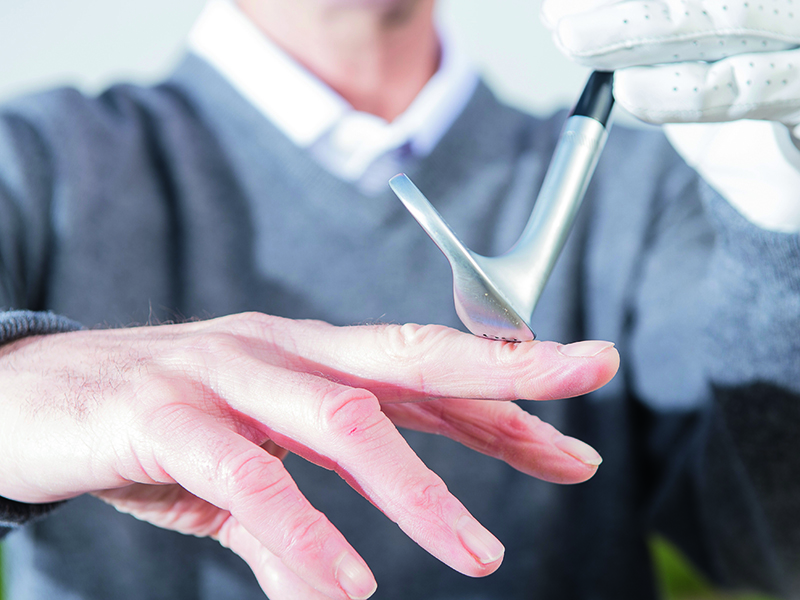
As well as loft being displayed on wedges, which is typically a number between 40 and 64 (remember, that’s degrees of loft), wedges will often have the ‘bounce’ on as well, another number to be aware of. Essentially, bounce is the angle created between the leading edge and the lowest part of the sole.
Manufacturers normally provide lots of different bounce options, as golfers have different preferences and techniques, and might select a different model according to the type of course they play . For example, you could find that a low bounce wedge, something like 4-6°, works extremely well on tight, baked out summer fairways. Finding the right wedges with the lofts and bounce that are suitable for your game is a crucial part of building a set of clubs.
Putters
Then you have your putter. Normally there are no numbers on the sole of the club that you need to be aware of, other than numbers that might form part of the name of the putter. Although putters have a flat face, they do have a very small amount of loft at around 3°. However, this number is rarely shown.







